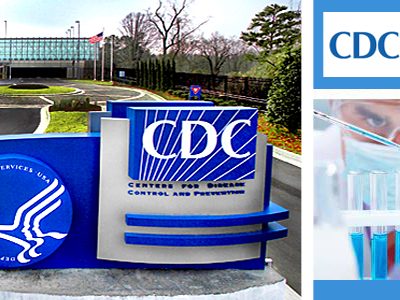After the Peak, the Worst Could Still Be Yet to Come
Don’t break out the champagne when infections peak. Most deaths could happen afterwards.
There are some indications that we may be getting closer to the peak of new coronavirus cases in New York, and with luck the national peak may not be too far off. That would be welcome news when it comes. But it would be dead wrong to declare victory or assume that the worst is over.
The peak of new infections does not necessarily mean the peak of deaths. In fact, it may mean the body count has just begun. Here are some shocking numbers. New cases in Italy peaked on March 20, with 6557 cases. At that time, there had been 4032 deaths. As of April 7, there had been 17, 127 deaths. In other words, three-quarters of the deaths have occurred after the peak. I feel like I should have put that sentence in bold or ALL CAPS, because it’s so important.
Something similar could well be true here. Last week, the most optimistic model showed new cases peaking yesterday, at which time there would have been 25,000 total deaths. The model, however, was forecasting 60,000 deaths in the first coronavirus wave. So 60% of the deaths would occur after the peak.
Why isn’t a peak in new cases reflected more quickly in the death rate? First, the number of new cases takes time to go down after the peak, so many new cases are still entering the system. Second, there’s a long lag time between when cases are diagnosed and deaths from coronavirus. So at the time of the peak in new infections, there are many people who already have coronavirus and who will die some weeks in the future.
The big danger is that we will let down our guard after the peak hits. The hospital system could face a surge of accumulated cases after the peak, and needs for equipment and personnel will remain pressing.
There’s also a major risk that states and cities will relax social distancing too soon. When they hear the infection has peaked, people may reduce compliance with social distancing requirements, sending the infection rate back up. A recent study in the British medical journal Lancet shows how easily the disease could be rekindled. It’s not hard to imagine that leaders, some of them in the White House, may start signaling the “All Clear” too soon. That could result in an immediate second wave of cases.
Hitting the peak would be great news. But to paraphrase Churchill, it won’t be the beginning of the end, but only the end of the beginning.
Reader Comments
2 Replies to “After the Peak, the Worst Could Still Be Yet to Come”
Comments are closed.







Actually, this may be the beginning of the beginning.
COVID-19 is caused by a new coronavirus (SARS-CoV-2) that entered the human population in 2019 from wildlife (genomic factors suggest bats). Two prior novel coronaviruses (SARS-CoV and MERS-CoV) caused the SARS and MERS outbreaks in 2003 and 2012. At this rate, another new virus may spread from wildlife to the human population and cause another outbreak or pandemic before 2030.
From an environmental perspective, it is imperative that we mitigate the effects of climate change on the spread of disease from wildlife to the human population. We have already seen climate-change-related spread of disease in plant and animal populations, and unless we act soon, we may be seeing the beginning of the beginning of new diseases in humans.
Moreover, there’s a lot about SARS-CoV-2 immunity we don’t know. Prof Marc Lipsitch wrote about this in today’s NEW YORK TIMES:
https://www.nytimes.com/2020/04/13/opinion/coronavirus-immunity.html